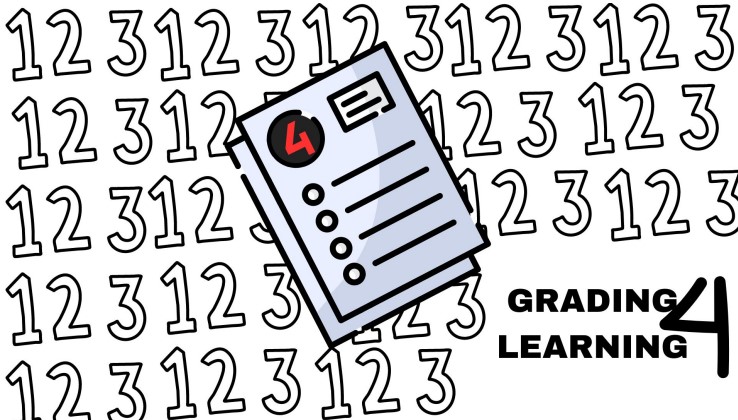The Capistrano Unified School District will be implementing a reformed grading system that will move away from percentages and zeroes, and switch to “integer grading” in the coming school years.
The goal is to ensure that “students and parents/guardians shall receive course grades that represent an accurate evaluation of student mastery of the content,” according to CUSD Board Policy 5121.
A growing sentiment across the nation regarding grading standards has been that grades have become inequitable. Some students are drowning in late work and zeroes by mid-semester and unable to recover, while others have done so well by mid-semester that they don’t even have to turn in assignments to maintain passing (or excellent) grades.
The Los Angeles Unified and San Diego Unified school districts are working to decrease grading emphasis on work habits and deadlines, eradicating penalties to allow students to demonstrate that they have met learning objectives, according to the LA Times.
“Integer grading” is being discussed at a district level. Integer grading follows a scale of number grades rather than percentage grades. Some districts have already implemented integer grading that uses a 1-4 scale, while others use 1-8.
A “1” would represent an insufficient mastery of standards, while a “4” or an “8” would represent an excellent mastery of standards.
When the district moves towards integer grading, “The Superintendent or designee shall determine the methodology to be used in calculating students’ grade point average (GPA), including the courses to be included within the GPA and whether extra grade weighting shall be applied to Advanced Placement, International Baccalaureate, honors, and/or concurrent postsecondary courses,” according to the new policy.
Other districts have equated a “4” with an A, a “3” with a B, a “2” with a C, and a “1” with a D or an F when translating for GPA calculation.
The ultimate goal in this eventual change in approach is to provide students with “multiple opportunities to demonstrate mastery of essential state and district standards through the use of intervention, reteaching, and reassessment” with “increased quality work” and “ less busy work,” according to the new policy.
While integer grading is being discussed, it is far from concrete at this point. Changes that wind up being finalized could be less drastic attempts to reform the percentage grading system that emphasizes make-up work and de-emphasizes penalties.
The implementation of the new grading system is being discussed and studied by a small group of teachers from across several campuses, the Guiding Coalition.
“Major changes will not come about for at least a year or two,” said teacher Robert Lynde who serves on the committee.
Whatever change comes, superintendents, principals, and teachers will let students know.















